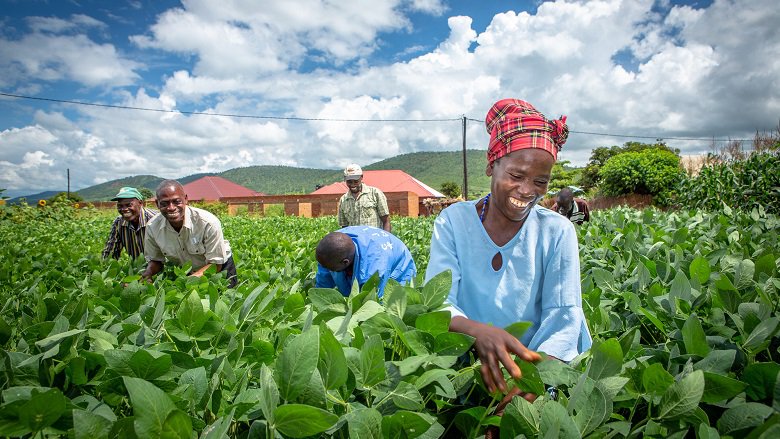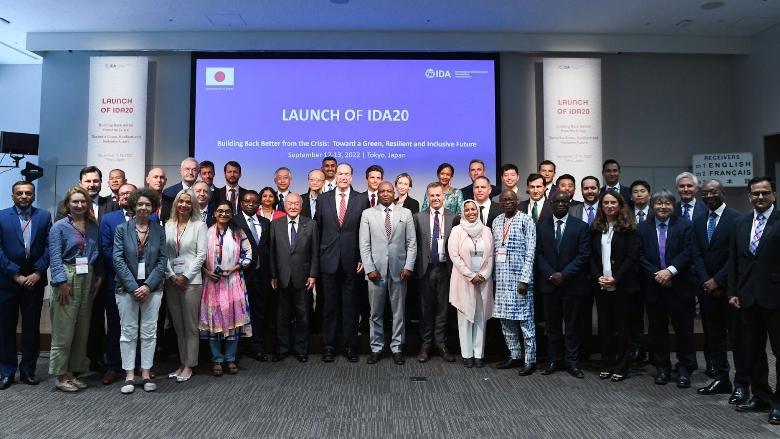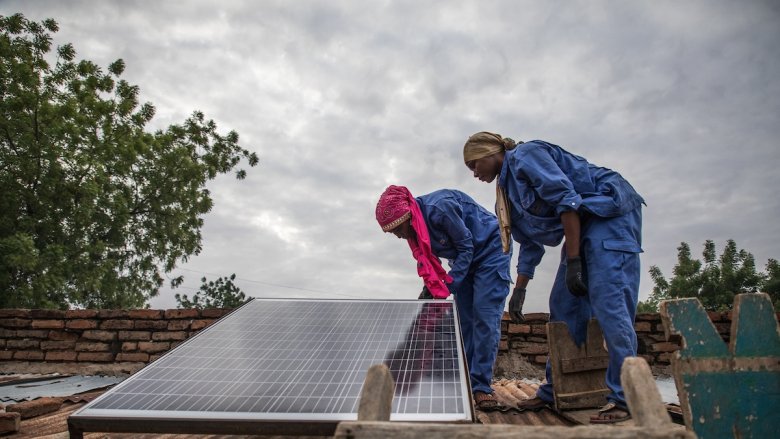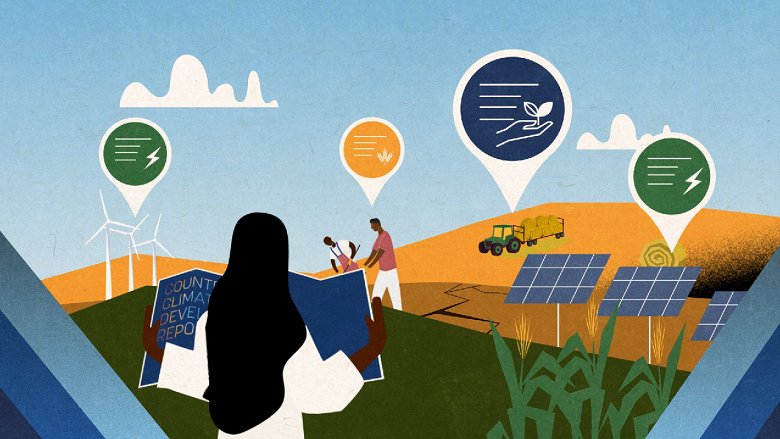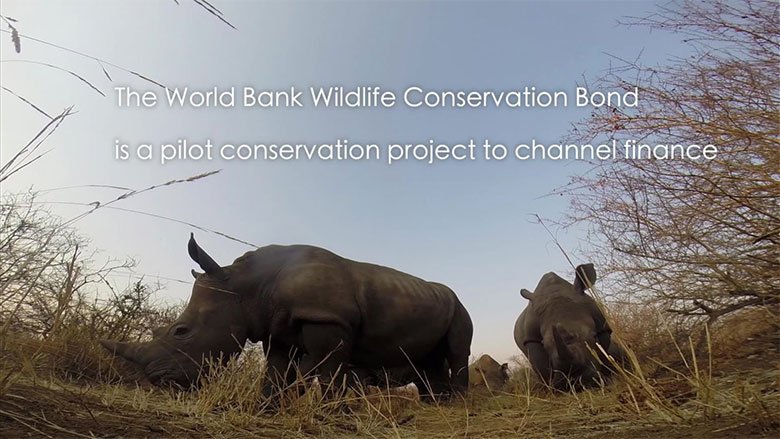For climate action, the road from Glasgow to Sharm el-Sheikh has been complicated. Overlapping crises have threatened to derail climate action even as the impacts of climate change have become increasingly visible around the world. For the World Bank Group, the last year has been one of implementation and impact to help developing countries tackle the climate crisis.
Here are five ways we stepped up support that made a difference to people on the ground:
1. Delivered record climate finance.
The World Bank Group delivered $31.7 billion of climate finance in fiscal year 2022 – the most in a single year in its history. The Bank Group’s climate finance rose 19% from the previous year and cemented the Bank Group as the leading multilateral financier of climate action in developing countries. Of the total, the World Bank delivered $26.2 billion in FY22 in climate finance. Nearly half of that—$12.9 billion—specifically supported investments in adaptation and resilience. IFC, the private sector arm of the Bank Group, delivered an unprecedented $4.4 billion in climate finance and mobilized an additional $3.3 billion from other sources. MIGA, the Bank Group’s political risk insurance and credit enhancement arm, delivered $1.1 billion in climate finance.
